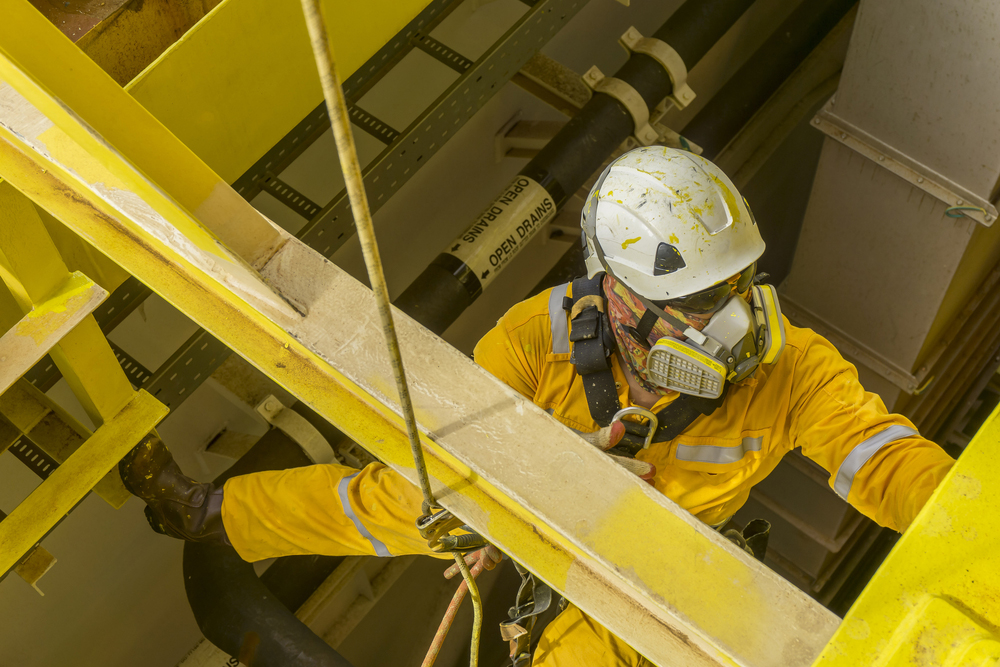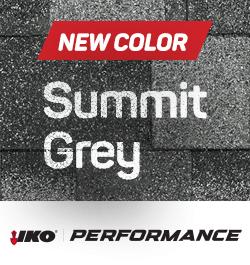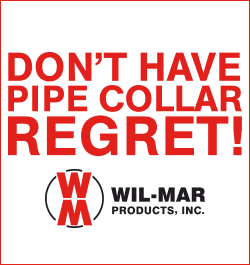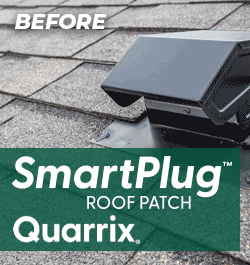OSHA Steadily Increases Enforcement of Silica Rule at Construction Sites

Steps are being taken to reduce silica dust, and the construction industry continues to seek practical ways to meet OSHA's standards and educate workers and supervisors regarding the requirements.
By NRCA. About six months into the Occupational Safety and Health Administration (OSHA) fully enforcing a rule that aims to protect construction workers from breathable silica, building industry safety professionals say compliance is a work in progress, according to www.bna.com.
"There is still a long way to go to total compliance," says Steve Smithgall, senior vice president for national safety and operations at commercial contractor Balfour Beatty Plc, Fairfax, Va.
OSHA's enforcement of the rule (29 C.F.R. 1926.1153) is slowly gaining momentum since compliance requirements took effect Sept. 23, 2017. The agency and states using the federal rule cited 116 alleged silica violations throughout the U.S. as of April 17.
The number of violations during the initial six months is likely to increase because OSHA can take up to six months after an inspection to issue citations.
Raising awareness regarding compliance information is a priority—especially raising awareness among small subcontractors. General contractors must ensure their subcontractors comply with the rule because if OSHA finds silica problems at a job site, general contractors could face citations if OSHA believes they were responsible.
The silica rule requires employers to monitor silica dust levels at worksites and take action when limits are exceeded. Frequent monitoring isn't required if contractors and workers follow procedures, called "Table 1," which is outlined in the rule. Table 1 includes 18 construction methods; many involve vacuuming dust into bags or spraying water to prevent silica dust from blowing away. Some contractors believe Table 1 could use more clarification and are requesting more guidance.
Of the 116 silica violations cited, the most frequently mentioned provision with 35 cases was employers failing to measure silica exposure levels (29 C.F.R. 1926.1153(d)(2)(i)).
Almost as frequently cited, with 31 violations, is incorrectly following Table 1's procedures (29 C.F.R. 1926.1153 (c)(1)) intended to reduce silica exposure.
Although the rule took effect in September 2017, federal inspectors initially were instructed not to cite employers if the contractors were attempting to comply with the rule; full enforcement began Oct. 23, 2017. OSHA is steadily increasing its enforcement of the rule.
OSHA issued its first citation Nov. 8, 2017, and through the end of the year cited just 20 violations. Fifty violations were cited in February and 19 in March. Eighty percent of the cases were classified as serious violations. The rest were for other-than-serious violations because they were not an immediate threat to workers. Although OSHA can propose serious violation fines as high as $12,934, the highest proposed penalty was $9,239, which decreased to $6,929 through an informal settlement.
For the past several months, NRCA has been conducting personal breathing zone sampling on roofing job sites where silica may be present to assess worker exposures to respirable crystalline silica (RCS). This effort is intended to establish roofing industry objective data that contractors can rely on, particularly when performing tasks not listed in Table 1 of OSHA's regulation. Industry objective data can relieve contractors from the expense of conducting their own sampling if the tasks being undertaken are similar to those found in the objective data. In the majority of sampling conducted on asphalt shingle, polymer-modified bitumen and built-up roof tear-offs and installations, exposures not only were below the permissible exposure limit (PEL) but also below the action level and in many instances below the limit of detection. Levels of total respirable dust also were well below the OSHA PEL.
In addition, sampling was performed on tasks such as drilling into concrete or masonry for fastener attachment, cutting and fastening gypsum roof boards, and installation and removal of roof gravel or ballast—all with equally positive results.
NRCA offers explanatory material and summaries of the sampling reports in the Members Only section of its website, as well as Toolbox Talks regarding RCS in English and Spanish; a customizable sample written silica exposure control plan required by the rule; a sample written respiratory protection plan; and links to other resources that may help with compliance. To view NRCA's silica regulation resources, click here.
More reports will be added to the silica regulation resources section as NRCA continues to conduct sampling on additional roofing projects.
Editor’s note: This article first published on the NRCA website and can be viewed here.








-2.png)








Comments
Leave a Reply
Have an account? Login to leave a comment!
Sign In